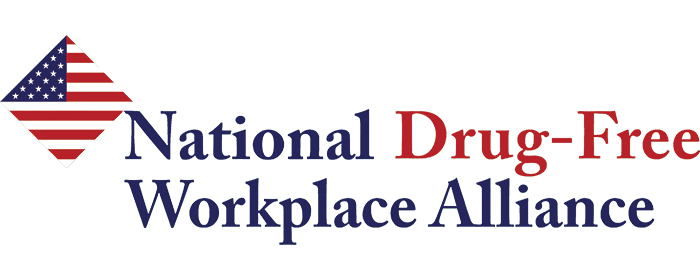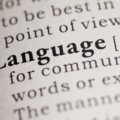Heroin
Heroin use in the United States is increasing at alarming rates. According to recent data from the U.S. Centers for Disease Control and Prevention (CDC), heroin use increased 63% between 2002 and 2013 and heroin-related overdose deaths have nearly quadrupled over the same time period.
The rise in heroin use could be linked to the crackdown on the nonmedical abuse of prescription opioids. Laws that helped to shut down pill mills, created prescription drug monitoring programs, addressed doctor shopping and have significantly reduced access to opioids. Many addicts who found it difficult to get prescription opioids turned to heroin. According to the CDC, those who are addicted to prescription opioid painkillers are 40 times more likely to be addicted to heroin.
Once heroin enters the brain, it is converted to morphine and binds rapidly to opioid receptors. Initially, users experience a warm flushing of the skin, dry mouth, a heavy feeling in the extremities, nausea, vomiting, and severe itching. After the initial effects, heart function slows and breathing is severely slowed, sometimes enough to be life-threatening. Slowed breathing can lead to coma and permanent brain damage.
Signs of an overdose include but are not limited to the following:
- Slow and difficult breathing, shallow breathing, no breathing
- Discolored tongue
- Extremely small pupils
- Low blood pressure, weak pulse
- Coma
- Delirium, disorientation, drowsiness
- Uncontrolled muscle movements
If you are with someone who is overdosing, call for emergency medical help immediately, even if you are unsure.
Many states have approved third party access to a drug known as naloxone, meaning it is available to individuals as well as first responders and medical professionals. Naloxone blocks or reverses the effects of opioids, including heroin and some prescription pain killers. While the effects of Naloxone can be immediate, do not assume that an overdose episode has ended if symptoms improve. You must get emergency help after giving a naloxone injection.





